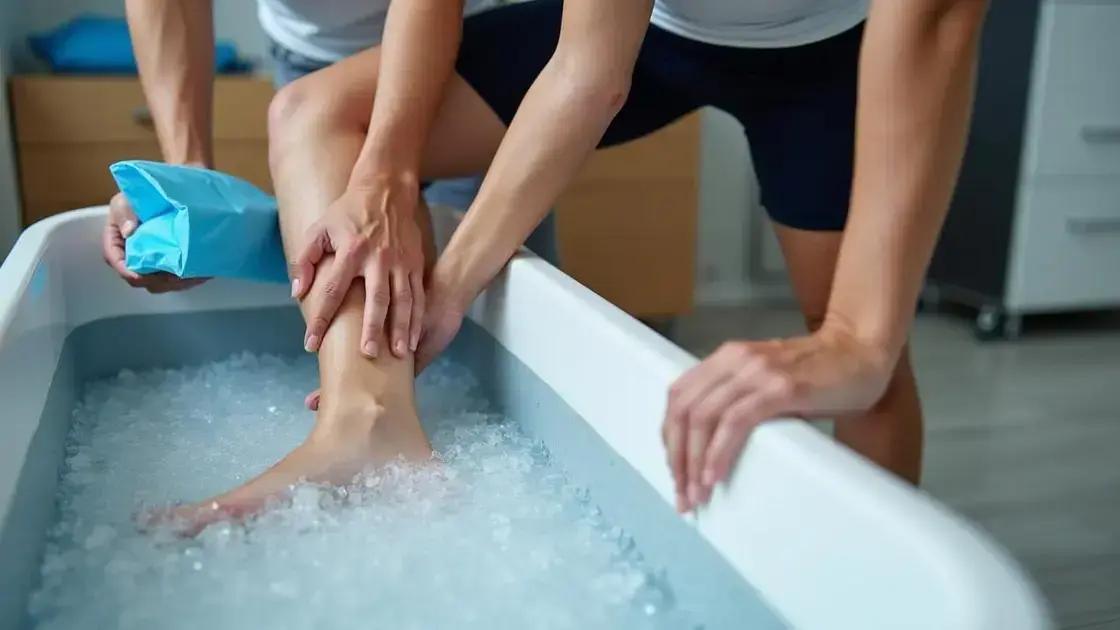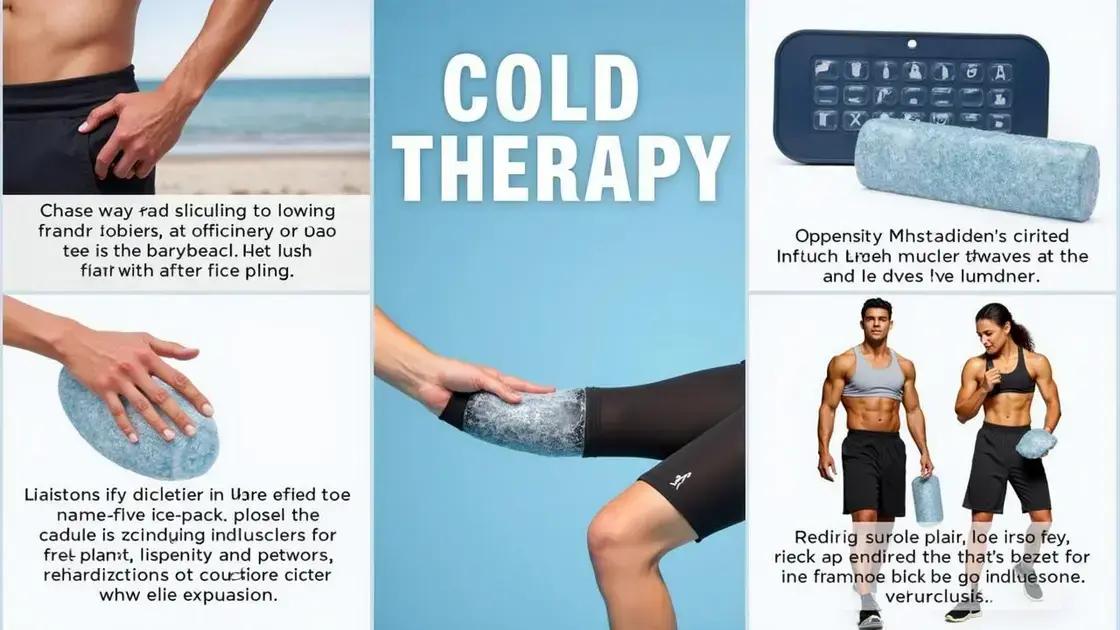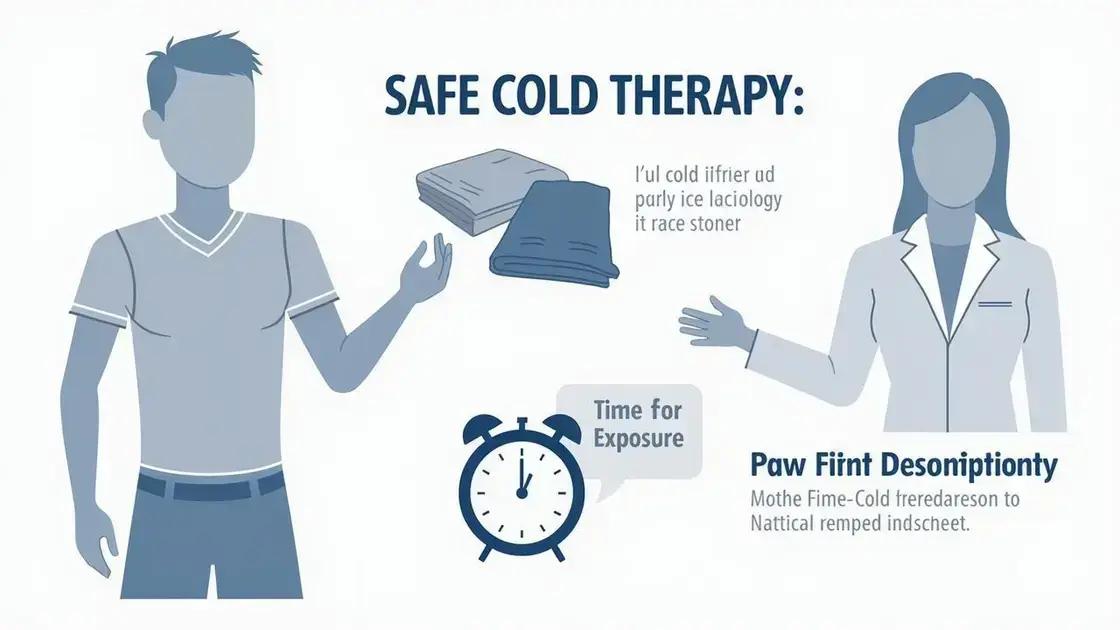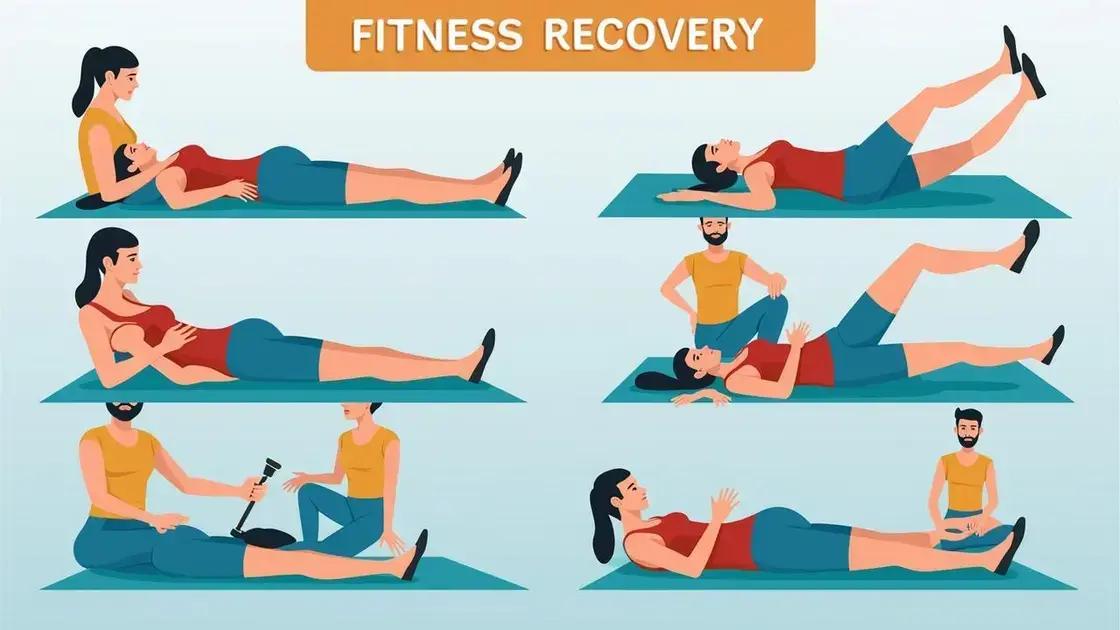Cold therapy is a popular method for muscle recovery in men, offering benefits such as reduced inflammation, decreased soreness, and improved circulation. Techniques include ice packs, ice baths, and cryotherapy. To practice safely, limit exposure time, use a barrier, and monitor your body’s response. Combining cold therapy with active recovery, stretching, proper nutrition, and massage enhances overall effectiveness.
Cold therapy has surged in popularity among men for muscle recovery, offering significant benefits for athletes and fitness enthusiasts alike. By reducing inflammation and speeding up recovery times, cold therapy is a game changer for muscle repair. In this post, we’ll dive into the science behind cold therapy, explore its various benefits for muscle recovery, discuss safe practices, and look into how it complements other recovery methods.
Understanding Cold Therapy

Cold therapy, also known as cryotherapy, is a method that uses chilling temperatures to help athletes recover faster. It can be done using ice packs, ice baths, or specialized cryotherapy chambers. This technique has gained traction in the sports community because of its potential benefits for muscle recovery.
How Cold Therapy Works
When the body is exposed to cold, the blood vessels constrict, reducing blood flow to muscles. This process decreases inflammation and swelling in the affected area, which is common after intense workouts. Once the body warms back up, the blood vessels dilate, allowing for increased blood flow. This restores oxygen and nutrients to the muscles, aiding recovery.
The History of Cold Therapy
Cold therapy isn’t a new concept. It has been used for centuries, dating back to ancient civilizations. Greek physicians used cold water in treatment, while modern athletes have adopted it to enhance performance and speed up recovery. Today, cold therapy has evolved with advanced technology, allowing athletes to utilize more efficient and controlled methods.
Popular Techniques
There are various methods to apply cold therapy. Ice packs are the most familiar, providing localized treatment to specific muscle groups. Ice baths involve submerging the body in ice-cold water, beneficial for overall recovery after strenuous exercise. Finally, cryotherapy chambers expose the body to extremely cold air for a short period, stimulating recovery across the body.
Benefits of Cold Therapy for Muscle Recovery

Cold therapy offers several benefits for muscle recovery, making it a valuable tool for athletes, especially men engaged in rigorous physical activities. One major advantage is the reduction of muscle soreness. After intense workouts, many experience delayed onset muscle soreness (DOMS), which can limit performance. Cold therapy helps numb the area and reduces pain, allowing for quicker recovery.
Decreased Inflammation
Another important benefit is the decrease in inflammation. When muscles are exposed to cold temperatures, the blood flow to the area is restricted. This process reduces swelling and prevents tissue damage, making recovery smoother. Less inflammation can lead to faster healing and improved muscle function.
Enhanced Circulation
Once the cold exposure ends, blood vessels dilate, enhancing circulation. This return of blood flow delivers vital nutrients and oxygen to the muscles, promoting quicker recovery. Enhanced circulation aids in flushing out metabolic waste products that accumulate during exercise, further benefiting muscle recovery.
Improved Flexibility
Cold therapy can also contribute to improved flexibility after workouts. While cold temperatures can temporarily tighten muscles, once warmed up, they often feel more relaxed. This relaxation can enhance the range of motion in the muscles and joints, which is beneficial for overall performance and injury prevention.
Additionally, many athletes report improved mental focus and readiness after using cold therapy. The shock of cold can invigorate the mind, enhancing performance both physically and mentally. Thus, the benefits of cold therapy make it a compelling option for muscle recovery in men engaged in sports and fitness.
How to Practice Cold Therapy Safely

Practicing cold therapy safely is crucial to maximize its benefits while minimizing any risks. Here are some tips to ensure you are using this technique effectively and safely:
Limit Your Exposure Time
When using ice packs, apply them for no more than 15 to 20 minutes at a time. Excessive exposure can lead to frostbite or skin damage. Make sure to take breaks between sessions to allow your skin to warm up.
Use a Barrier
Always place a barrier, such as a towel or cloth, between your skin and the ice. This protects your skin from direct contact with the cold source. It reduces the risk of frostbite and makes the experience more comfortable.
Monitor Your Body’s Response
Pay attention to how your body reacts during cold therapy. If you experience intense pain, numbness, or uncomfortable sensations, stop immediately. It is essential to listen to your body and adjust your method accordingly.
Consult a Professional
If you have any medical conditions, especially circulatory issues or skin sensitivities, consult a healthcare professional before starting cold therapy. They can provide personalized advice and ensure that cold therapy is safe for you.
Stay Hydrated
Staying hydrated is also essential while practicing cold therapy. Cold exposure can stress the body, and proper hydration helps maintain recovery and overall well-being. Drink water before and after your sessions.
By following these guidelines, you can enjoy the benefits of cold therapy for muscle recovery while keeping your body safe and healthy.
Combining Cold Therapy with Other Recovery Methods

Combining cold therapy with other recovery methods can enhance your overall muscle recovery and performance. By integrating various techniques, you can create a more effective recovery routine. Here are some methods that work well with cold therapy:
Active Recovery
Active recovery involves engaging in low-intensity exercises after strenuous workouts. Incorporating activities like walking, cycling, or yoga helps improve blood flow and reduces muscle stiffness. Combining active recovery with cold therapy can enhance the benefits of both methods, making it easier for muscles to recover.
Stretching and Mobility Work
Gentle stretching and mobility exercises can also aid recovery. By incorporating stretching before and after cold therapy, you can maintain flexibility and help muscles relax. This combination helps to promote better range of motion and can prevent tightness after intense workouts.
Nutrition and Hydration
Proper nutrition and hydration play crucial roles in muscle recovery. Consuming a balanced diet rich in proteins, carbohydrates, and healthy fats supports muscle repair and growth. Pairing cold therapy with post-workout snacks or meals that include these nutrients will maximize the recovery process.
Massage Therapy
Massage therapy can complement cold therapy effectively. A massage helps to relax the muscles, improve circulation, and decrease tension. Using cold therapy before or after a massage can enhance the overall benefits, as cold reduces inflammation, making the muscle more receptive to massage techniques.
By combining these recovery methods with cold therapy, you can create a well-rounded routine that optimizes muscle recovery and enhances your athletic performance.
The Power of Cold Therapy in Muscle Recovery
Cold therapy has become a popular technique for muscle recovery among men engaged in sports and rigorous workouts. By understanding its benefits, safe practices, and how to combine it with other recovery methods, you can enhance your overall recovery routine.
By incorporating cold therapy to reduce inflammation, alleviate soreness, and improve circulation, you can experience quicker recovery times and better performance. Remember to combine this with active recovery, proper nutrition, and techniques like stretching and massage to fully maximize your recovery.
With the right approach, cold therapy can be a powerful ally on your journey to improved athletic performance and sustained health.
FAQ – Frequently Asked Questions about Cold Therapy for Muscle Recovery
What is cold therapy?
Cold therapy, also known as cryotherapy, involves using cold temperatures to reduce muscle soreness, inflammation, and promote faster recovery.
How does cold therapy help with muscle recovery?
Cold therapy decreases inflammation and swelling, improves circulation, and speeds up recovery times after intense workouts.
How long should I use cold therapy after training?
It is recommended to apply cold therapy for no more than 15 to 20 minutes at a time to avoid skin damage or frostbite.
Can I use cold therapy if I have medical conditions?
If you have medical conditions or concerns, it is best to consult with a healthcare professional before starting cold therapy.
What are some safe ways to combine cold therapy with other recovery methods?
You can combine cold therapy with active recovery, stretching, proper nutrition, and massage for a more comprehensive recovery routine.
Is cold therapy effective for everyone?
While many people benefit from cold therapy, individual results may vary. It’s important to listen to your body and adjust as necessary.












